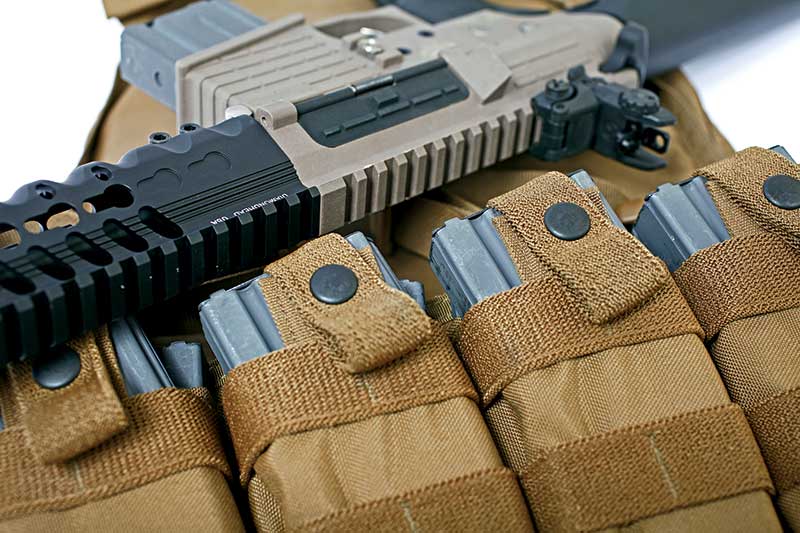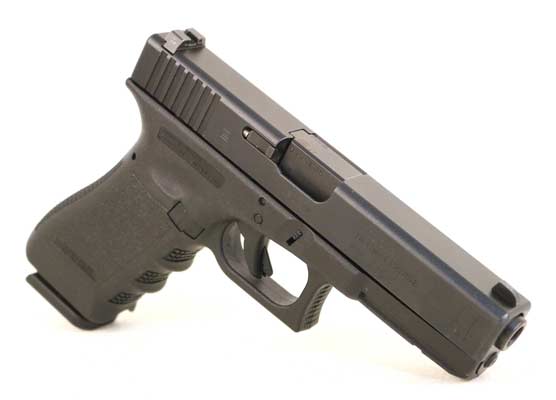Are You Training For Fads, Fantasy Or A Fight?
When I first started training people as a side-line job in 1975, you could count on one hand the people who made a living providing defensive firearms training — outside of government and police academies. By the time I started training full time in 1996, the number had grown greatly. Now, there are scores of people teaching firearms use full time and a horde teaching on occasion. This expansion into what is now often called “the training industry” has brought quality firearms training within the reach of any serious student, anywhere in the US. Unfortunately, it has also brought a tidal wave of unqualified “instructors” into the mix, with all sorts of trademark gimmicks designed to lure in unknowing customers.
Many of these new trainers’ courses feature high round counts, lots of flashy movement drills, and “new and better” ways to run the handgun. The late Pat Rogers coined the term “edutainment” to describe this phenomenon. The late Louis Awerbuck called it “entertrainment.” Both refer to the practice of setting up courses to be fun, exciting and most importantly, different from everyone else’s. As my good friend, John Farnam, says, “When people show up for a pistol class, the first thing they want to know is when do we get to jump out of the flaming helicopters?” Sadly, this has very little to do with defending yourself effectively in the United States civil environment.
What’s The Context?
When choosing a hunting handgun, for instance, we examine different criteria than when selecting a carry handgun. Same goes for your training. If you’re trying to learn how to defend yourself at the local mall, doing carbine courses with a chest rig and an AR won’t really help you. The reality is there are a handful of basic skills involved, but those basics need to be mastered in either case. Training resources like time, money and ammunition need to be spent on developing these basic skills until they can be called on reliably in an emergency.
I have been investigating shooting incidents for over 40 years. In private citizen self-defense shootings, we see the same things coming up, over and over. I dislike the term “average shooting” as the term is meaningless. To have averages, you take big numbers and small numbers and mash them together. The result is usually misleading. For instance, if you look at two shootings involving students of mine, one was shot at 22 yards, the other at 11 shots at 4 yards. Their average would be six shots at 13 yards, which isn’t even close to either incident. I prefer the term “typical shooting.” “Typical” means we’re seeing the same things occur, over and over, in many different defensive circumstances.
What we continually see in private citizen defensive shootings as the root cause is one of the 4 R’s: Robbery, Rape, Road Rage or Respect. By far, the most common circumstance is an armed robbery. Whether someone is sticking up your small business, robbing you in the parking lot, demanding your car keys at gunpoint or kicking in your door while armed, these are all just variations of armed robbery.
Student Defensive Shootings
I have good debriefs on almost 70 defensive shootings involving my students over the years. Over 9 out of 10 of these occurred away from home, at convenience stores, shopping malls, grocery stores, ATM’s and other public places. Since they were in public spaces, even at night there was adequate illumination to see and function quite well. Not one shooting involved a flashlight, and not one student indicated they felt a need for one at the time. Over 9 out of 10 occurred between 3 and 5 yards, which is about the length of a typical American sedan. Most involved little or no movement, with a quick side-step being the only movement involved in all but two. Only three fired from other than a standing position and only one incident involved intentional physical contact between the attacker and the defender. The fight was won in all of these cases by the quick application of pretty basic skills.
Have the gun on your person, it won’t do you any good otherwise. Solid initial training, followed up with periodic sustainment training with your carry gear leads to a comfort level with the equipment fostering the willingness to actually wear it daily. Learn to access the handgun from concealment, safely, reliably and quickly. Learn to get good, solid hits with the first rounds out of the gun. It would be good to know how to reload it, and to fix malfunctions, if they occur. Take a good course on legal issues, like one from Massad Ayoob or Andrew Branca, and then carry on.
If you want to go to one of the fantasy camps, that’s fine. But chalk it up to your vacation account — not your training budget.
Tom founded Rangemaster Firearms Training Services and can be reached at www.rangemaster.com, Email: [email protected].

Get More Personal Defense Tips!
Sign up for the Personal Defense newsletter here:




